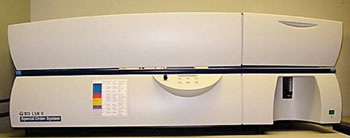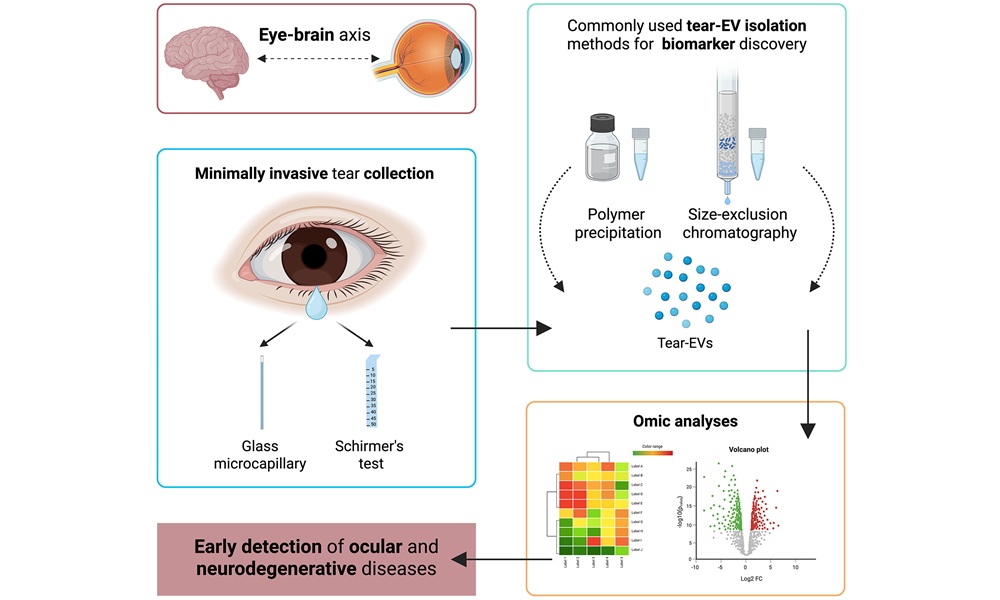Circulating Immune Cells Act As Idiopathic Pulmonary Fibrosis Biomarkers
By LabMedica International staff writers
Posted on 14 Sep 2016
Patients with fibrotic lung diseases, such as idiopathic pulmonary fibrosis (IPF), show progressive worsening of lung function with increased shortness of breath and dry cough.Posted on 14 Sep 2016
To-date, this process is irreversible, which is why scientists are searching for novel biomarkers or indicators, which enable earlier diagnosis of this disease, with the aim to better interfere with disease progression.

Image: The BD LSRII flow cytometer (Photo courtesy of Becton Dickinson).
Scientists at the Helmholtz Zentrum München (Munich, Germany) prospectively included 170 patients in the analysis, divided into 69 IPF, 56 non-IPF interstitial lung disease (ILD), 17 with hypersensitivity pneumonitis, 27 with nonspecific interstitial pneumonia, 12 with connective tissue disease- (ILD), and 23 chronic obstructive pulmonary disease (COPD) patients, as well as 22 healthy controls.
For immunophenotyping, the team collected fresh venous blood in EDTA-coated vacutainer tubes. Briefly, whole blood or peripheral blood mononuclear cell (PBMC) buffy coats were used for flow cytometry detection of myeloid-derived suppressor cells (MDSC) and lymphocyte subtypes. Erythrocytes were lysed with a Coulter Q-Prep working station (Beckman Coulter, Brea, CA, USA). Data acquisition was performed in a BD LSRII flow cytometer or a BD fluorescence-activated cell sorter (FACS) ARIA II (Becton Dickinson, Heidelberg, Germany) if cells were sorted. The T-cell suppression assay and MDSC co-cultures were also performed.
Peripheral blood mononuclear cell (PBMC) Messenger ribonucleic acid (mRNA) levels were analyzed by real time polymerase chain reaction (qRT-PCR). The investigators detected increased MDSC in IPF and non-IPF ILD compared with controls (30.99 ± 15.61% versus 18.96 ± 8.17%). Circulating MDSC inversely correlated with maximum vital capacity in IPF, but not in COPD or non-IPF ILD. MDSC suppressed autologous T-cells. The mRNA levels of co-stimulatory T-cell signals were significantly downregulated in IPF PBMC. Importantly, CD33+CD11b+ cells, suggestive of MDSC, were detected in fibrotic niches of IPF lungs.
Oliver Eickelberg, MD, a professor and lead investigator said, “We were able to show that MDSC are primarily found in fibrotic niches of IPF lungs characterized by increased interstitial tissue and scarring, that is, in regions where the disease is very pronounced, and as a next step, we seek to investigate whether the presence of MDSC can serve as a biomarker to detect IPF and to determine how pronounced it is. Controlling accumulation or expansion of MDSC or blocking their suppressive functions may represent a promising treatment options for patients with IPF. ” The study was published on September 1, 2016, in the European Respiratory Journal.
Related Links:
Helmholtz Zentrum München
Beckman Coulter
Becton Dickinson













